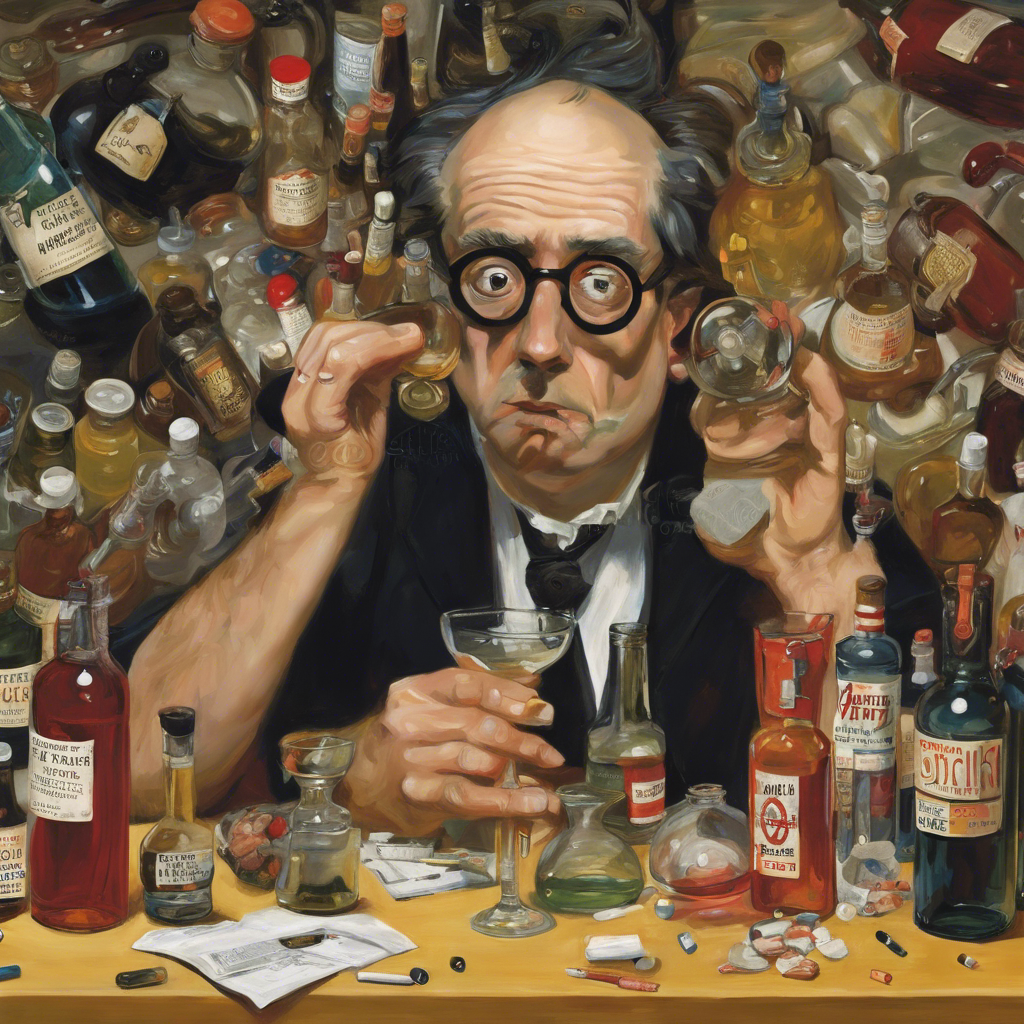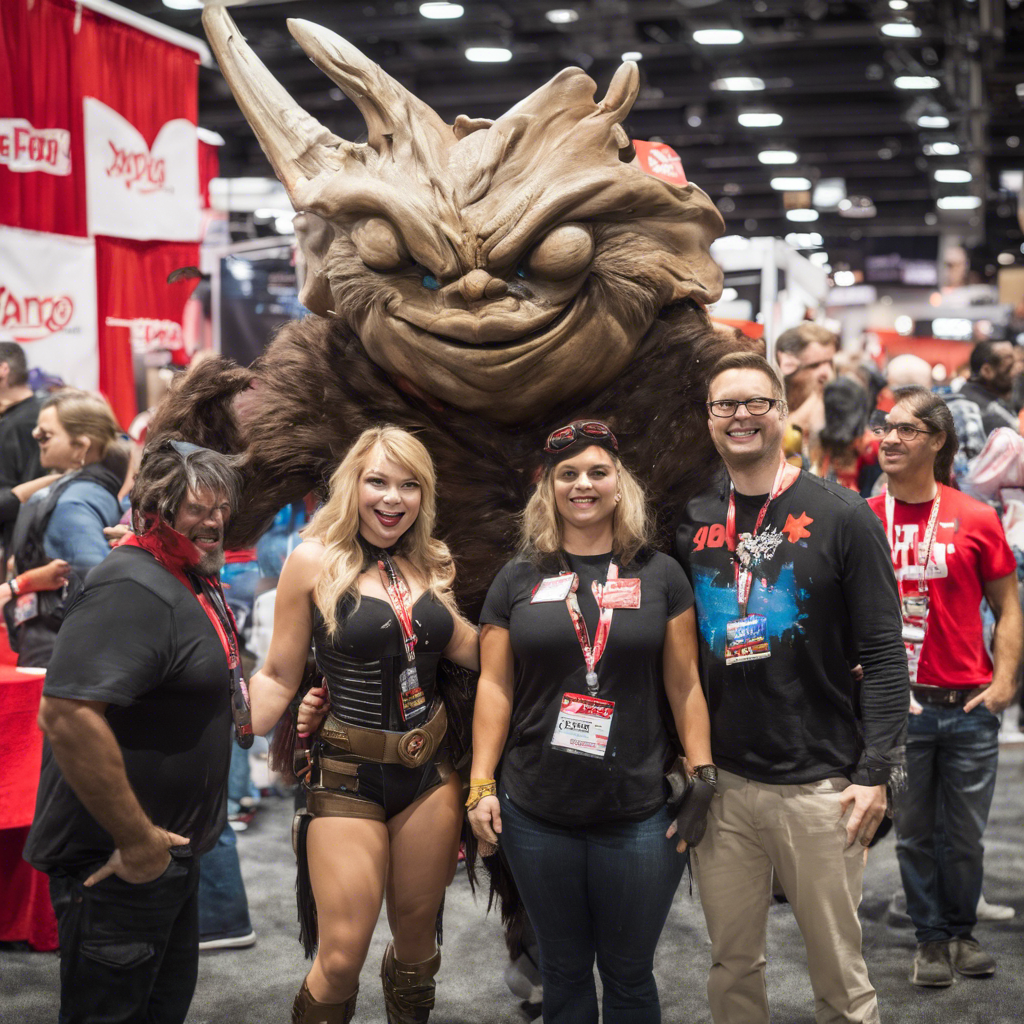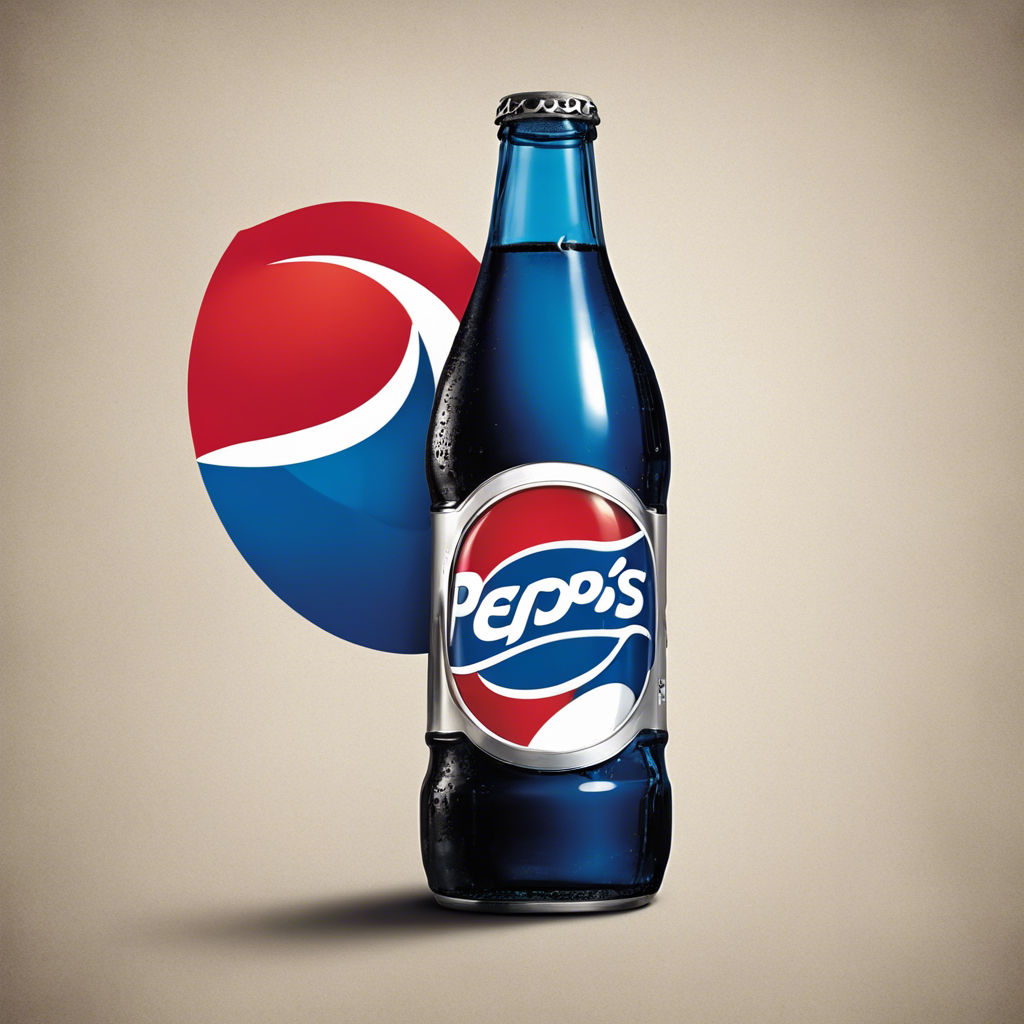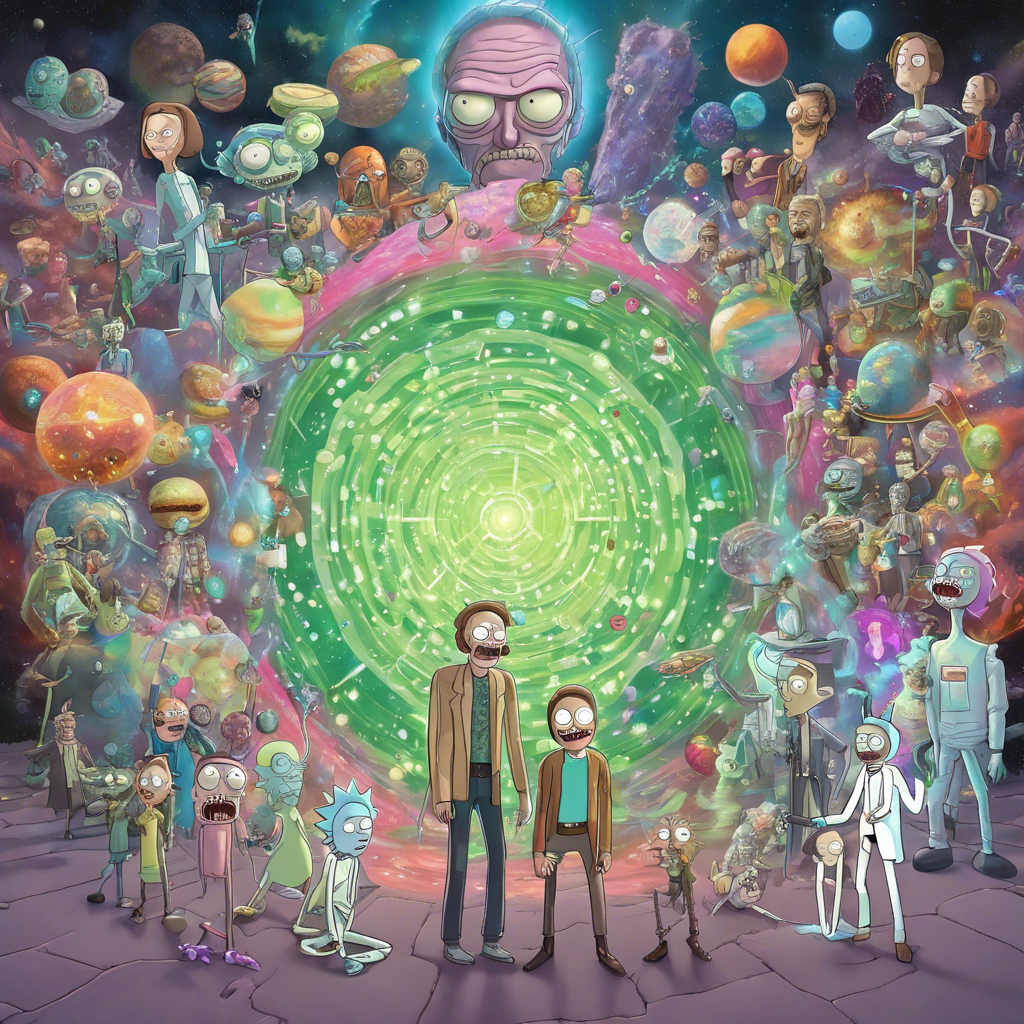The Art of Intoxication: How Drugs Shaped Great Works of Art

Exploring the Influence of Drugs on Music, Literature, and Film
In the world of creativity, it seems that drugs have played a significant role in shaping some of the greatest works of art. From music to literature to film, artists have turned to substances to unlock their creativity, explore new perspectives, and cope with the pressures of their craft. While it may be tempting to dismiss these achievements as mere products of intoxication, the truth is far more complex. In this article, we delve into the fascinating relationship between drugs and art, examining how they have influenced and shaped some of the most revered works in history.
The Fucked-Up Four: The Beatles and Their Psychedelic Journey
The Beatles’ iconic album, “Sgt. Pepper’s Lonely Hearts Club Band,” often hailed as the greatest album ever, was created during a period when the band members were heavily indulging in weed, LSD, and cocaine. This experimentation with mind-altering substances undoubtedly contributed to the album’s innovative sound and lyrical depth. Additionally, John Lennon’s later exploration of heroin further exemplifies the influence of drugs on the band’s creative process.
Weed’s Going On: Marvin Gaye and the Highs of “What’s Going On”
Marvin Gaye’s masterpiece, “What’s Going On,” ranked sixth on Rolling Stone’s list of the greatest albums of all time, was reportedly crafted amidst a cloud of marijuana smoke. The socially conscious lyrics and musically rich composition were the result of the artists’ collective indulgence in copious amounts of weed. The album stands as a testament to the power of drugs in shaping creative expression.
The Drunkest Movie Ever Made: “Withnail & I”
Roger Ebert famously described the film “Withnail & I” as a portrayal of drunkenness so authentic that it would be improved only by physically assaulting the audience with bags of frozen peas. The film’s creator, Bruce Robinson, drew inspiration from his own experiences with alcoholism, infusing the story with a raw and unfiltered depiction of intoxication. “Withnail & I” serves as a prime example of how drugs and alcohol can inform and enhance artistic vision.
What a Trip, What a Trip: “Easy Rider” and the Counterculture Movement
During the production of “Easy Rider,” a film that epitomized the counterculture movement of the 1960s, the cast and crew were immersed in a haze of drugs. Stories abound, with one particularly infamous tale claiming that Dennis Hopper and Peter Fonda snorted an executive’s dead wife’s ashes in their desperate search for cocaine. The film’s drug-fueled atmosphere mirrored the rebellious spirit of the era, resulting in a cinematic masterpiece that captured the essence of a generation.
On the Road, and the Booze, and the Pills: Jack Kerouac’s Beatnik Journey
Jack Kerouac’s seminal novel, “On the Road,” is widely regarded as a great American novel, despite its characters’ questionable morals. Kerouac wrote the book in just three weeks, fueled by a mixture of cigarettes, coffee, booze, and benzedrine. The frenetic energy and stream-of-consciousness style of the novel were undoubtedly influenced by Kerouac’s drug use, solidifying its place in literary history.
What Happens in Vegas…: Hunter S. Thompson’s Drug-Infused Journalism
Hunter S. Thompson’s “Fear and Loathing in Las Vegas” is a classic example of gonzo journalism, a style characterized by its immersive and subjective approach. Thompson’s detailed account of his drug-fueled escapades in Las Vegas, including a famous list of the substances involved, showcases the profound impact drugs had on his writing. The novel stands as a testament to the power of drugs in shaping not only art but also the very nature of storytelling.
Conclusion: The Complex Relationship Between Drugs and Art
While it is essential to acknowledge the role drugs have played in shaping great works of art, it is equally important to recognize the complex nature of this relationship. Drugs have undoubtedly influenced artists’ creative processes, enabling them to tap into new realms of imagination and expression. However, it is crucial to separate the art from the artist and appreciate the work for its intrinsic value, regardless of the circumstances under which it was created. The intertwining of drugs and art serves as a reminder of the multifaceted nature of human creativity and the diverse paths artists take to produce their masterpieces.









